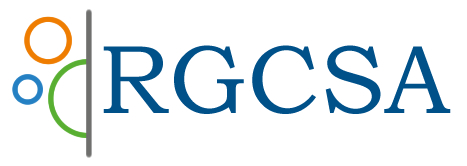Author: Ari Belenkyi
Abstract: From the 2nd century AD the coincidence of Passover and Easter was recognized as a problem for the Christian church by the church authorities, and in the 4th century, after Christianity became the Roman state religion, Roman authorities took steps to prevent Passover and Easter coinciding. This effort was complicated by the growing separation between the churches in Rome and Constantinople. Though from the 2nd century the majority of Jews lived in the diaspora, at least up to the 10th century the calendar was governed by a rabbinical court in Eretz Israel (the Land of Israel). Here we discuss the changes in the Jewish calendar in the 5-8th centuries AD, the middle (c. 636 AD) of which period witnessed an abrupt transition from Byzantine rule over Eretz Israel to Arab rule. In this period no serious changes were made in the basic mathematics of the Jewish calendar; the only changes had a political context. Here we discuss a single but singular feature of the Jewish calendar, the ‘Deĥiyot’ [postponements] of Rosh Hashana. Our major claim is that Deĥiyah D [postponement from Wednesday to Thursday] and Deĥiyah U [postponement from Friday to Saturday] entered the calendar c. 532 AD as an ingenious Jewish response to Emperor Justinian’s ban against the Passover feast (Nisan 14) falling on a Saturday, instituted to mend a famous calendar rift between the Roman and Alexandrian churches. Next we claim that Deĥiyah A [postponement from Sunday to Monday] became part of the calendar no earlier than when the 2nd day of the festivals Rosh Hashana [New Year] and Sukkot [Tabernacles] acquired the status of sacred day and we raise the lower historical boundary of Deĥiyah A’s introduction in the calendar up to the time of the first Gaonim [heads of talmudic academies in the Arab caliphate] (c. 658 AD). We also suggest the reasons for the timing of three other deĥiyot.
Keywords:
Notes:
Publication: Culture and Cosmos
Issue: Vol 6 No 1
Dated: Spring/Summer 2002
Pages: 3 – 22
A Unique Feature of the Jewish Calendar – Deĥiyot
Posted in Free Research Abstract
